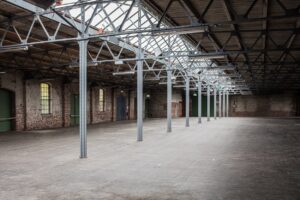One of the best aspects of using sheet metal specialists is that a customer is guaranteed rapid turnaround times and exceptional quality results.
The sheet metal industry has evolved and refined over several centuries, and one of the innovations that came about from this approach helped to inspire and make the world’s first highly successful car.
Metalworking has existed for as long as civilisations have, with hand-hammered metal sheets frequently used for constructing buildings, structures, armour and weapons.
This manual process would be used for thousands of years until the 17th century when Bohemian metalworkers would develop a more automated rolling process that greatly improved the speed of metal production, and allowed for the development of tinplate, which was iron protected against rust.
This would be among the world’s first forms of mass production, although it would take several hundred years to take the form people knew best.
Advancements in sheet metal rolling gave engineer and inventor Ransom Eli Olds an idea, inspired heavily by metal production and fabrication works. By having set stages of construction and using interchangeable parts, he could make cars far faster and far cheaper than anyone else.
This led to the production of the Oldsmobile Model R, often known better as the Curved Dash. This was the first mass-produced car that was a commercial success, and it gave one of his rivals an idea.
Henry Ford, through a range of mass production efficiency methods including inventing the supply chain as we know it today, managed to reduce the production time of the average car from over 12 hours to just 93 minutes using fewer people.
This allowed the car to be sold cheaper, with a price lowering as production continued. This enabled him to create a car for the “great multitude”, who bought it in tremendous numbers, making it the eighth most-sold car of all time.
All of this can be credited to a production philosophy pioneered by sheet metal construction.


